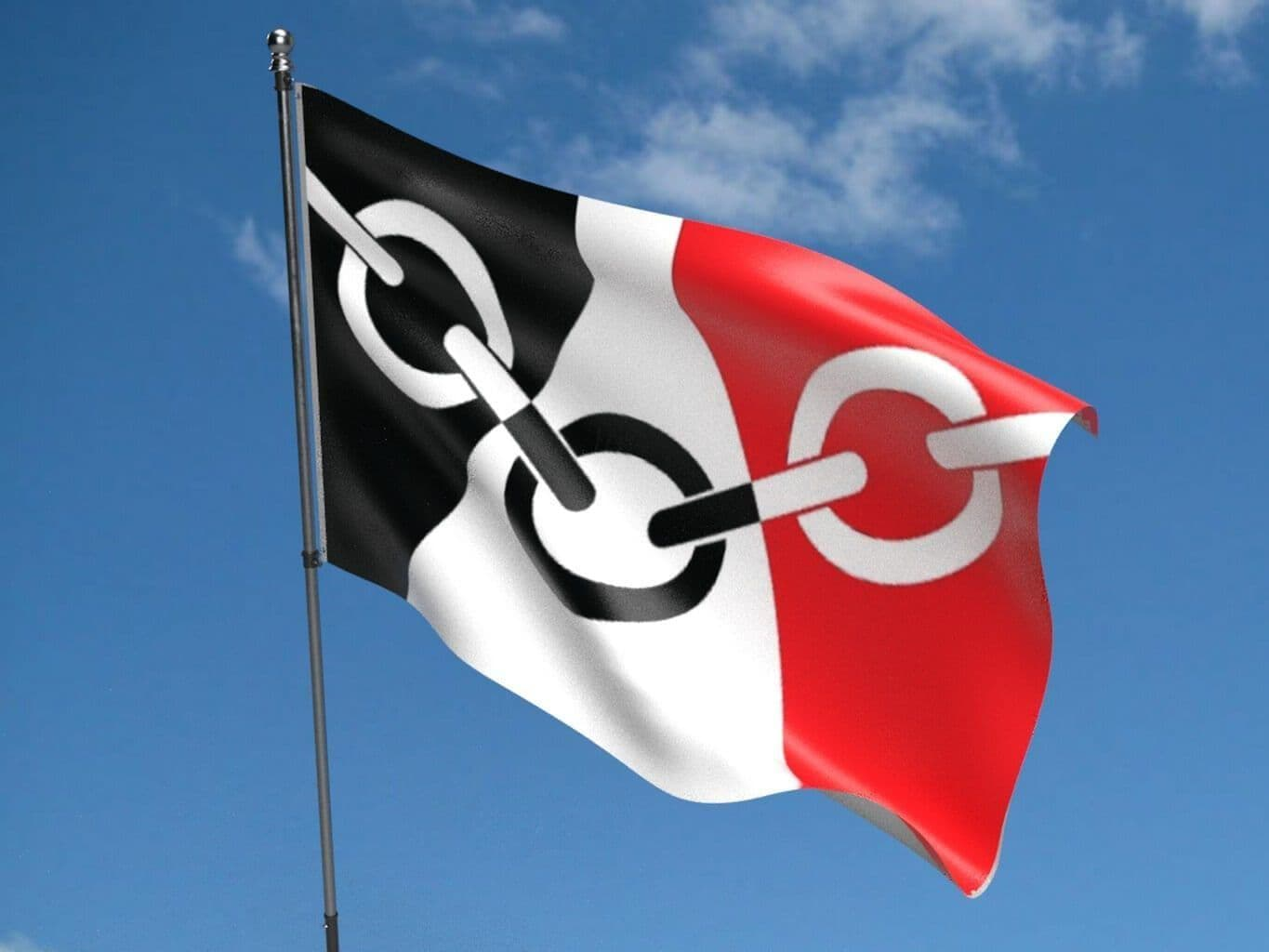For the last couple of years we've visited the Autumn Show at the Malvern Three Counties Showground which is held on the last weekend in September. With all the rain last week we were a bit reluctant, parking is on fields and although hubby drives a large 4x4 truck and we probably wouldn't get stuck, if other drivers did it could turn into hours to get off the parking area. They show the same things every year and the stands are selling the same wares so we didn't feel as though we were missing out.
We decided instead to have a day out closer to home.
The Black Country Living Museum is only a few miles from where we live, I've visited on several occasions, with my children when they were younger and with the grandchildren. I hadn't realised that Mark had never visited. So that's where we decided to go.
As the name suggests, it's a living museum where you can experience life as it was in The Black Country of years gone by. The area known as The Black Country is in the West Midlands and the Metropolitan Boroughs of Dudley, Sandwell and Walsall and the City of Wolverhampton.
Some people think Birmingham is part of the Black Country, it's not, and Black Country folk will always be happy to put you straight on this if you say it is 😁
The West Midlands was at the heart of the first Industrial Revolution and its name is thought to come about because of the air pollution from the factories and the black coal seams in the area. Queen Victoria when she visited at age thirteen is said to have written in her diary;
The men, women, children country and houses are all black. But I cannot by any description give an idea of it's strange and extraordinary appearance.
The Black Country flag represents the areas industrial heritage with the black representing the coal dust, the red representing the fires from the furnaces, the chain represents the chain making which the area is famous for and the white cone shape representing the glass cones and iron furnaces that were a common sight.
It's been a good few years since I last visited the museum and there have been some new additions in the meantime to include a 1940-1960's high street, infant welfare centre and cast iron houses.
I loved the new high street with it's familiar shops, and it gives you a sense of how much things improved in living standards from just a few decades before.

















































